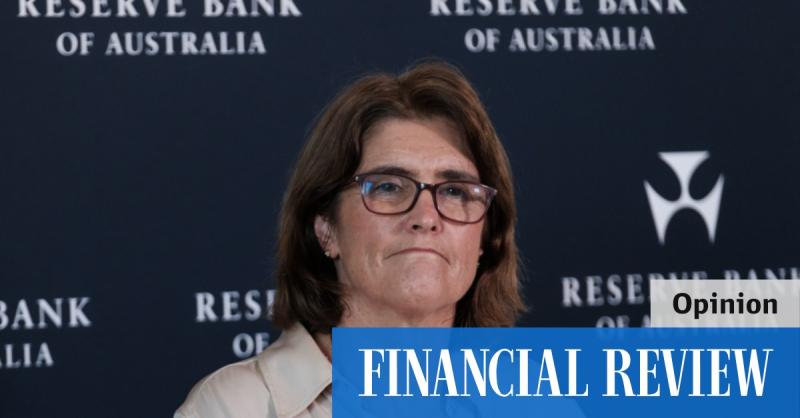The June quarter inflation print seemed to provide some comfort to financial markets: bond yields fell as markets pared bets on the size of the likely rate increase when the RBA Board meets on Tuesday.
That reaction surprised me a little. It is redolent of an ongoing complacency on inflation (‘inflacency’ if you will).
While it is true that the ‘headline’ number, at 6.1%, may have been (ever so slightly) better than expectations, it was the highest annual read since December 1990. The annual rate of change in RBA’s favoured trimmed mean measure, at 4.9%, was the highest since the inception of that series in June 2003.
Both numbers are some way north of the most recently published RBA forecasts back in May, of 5.5% for headline and 4.5% for the trimmed mean.
The inflation numbers come after a blockbuster June employment report that showed a huge 88,000 employment gain and a further sharp drop in the unemployment rate to 3.5% (the lowest in 48 years) and a level the RBA did not forecast to be reached until mid-2023.
The June quarter CPI print also comes in the wake of June RBA Board meeting minutes that state that the level of the cash rate was seen to be “well below the lower range of estimates for the nominal neutral rate” and comments from RBA Governor Philip Lowe that the neutral policy rate was as “at least 2.5%” (my emphasis). The implication obviously being that the neutral rate is likely higher than 2.5%.
To me, that means that when the RBA Board convenes next Tuesday the choice is between increments of 50bps or 75bps. Markets see it as a choice between 25bps and 50bps (admittedly with the probability heavily weighted toward the latter).
Like almost every other central bank, a late start and an overly conservative approach to the withdrawal of historically high levels of monetary stimulus has put the RBA out of the realm of “first best” solutions.
It now finds itself searching for a “least bad” approach. Having endured its own bout of ‘inflacency’ and potentially let the inflation genie out of the bottle, it is not an easy task to chart a course between vanquishing inflation without tipping the economy into recession.
However, if there was a lesson to be learned from the 1970s inflation episode, it is that a more tepid approach now might necessitate an even more aggressive approach down the track, with an attendant greater likelihood of more substantial macroeconomic dislocation in terms of growth and employment.
In this context, if the current policy rate is indeed well below the neutral rate and there is a pressing requirement to get to neutral and maybe beyond that to “restrictive” territory, then the best approach is to do so as quickly as possible. This would seem to point to a 75bp increment in August.
That would certainly go a long way to vanquishing ‘inflacency’, both in financial markets and among important economic actors.
There is an argument – not without merit – that the greater frequency of RBA Board meetings compared with their counterparts elsewhere affords the opportunity of a lesser 50bp increment in August. The RBA meets monthly, as opposed to every six weeks like most of its developed country counterparts. A 50: 50: 50 bp sequencing of rate rises over three consecutive meetings would be virtually equivalent to a 75:75 sequencing over two consecutive meetings in other developed country central banks.
That might mean a 75bp increment in August is, at this stage, less likely than 50bps.
However, it is folly to rule out the larger increment.
Stephen Miller is an Investment Strategist with GSFM. The views expressed are his own and do not consider the circumstances of any investor.






